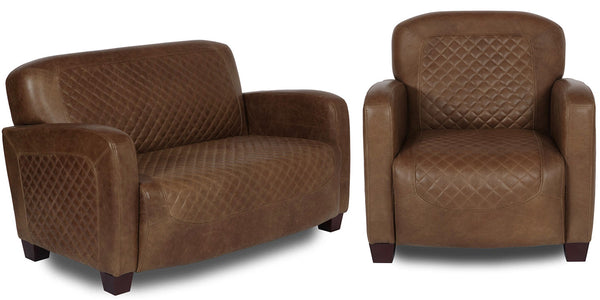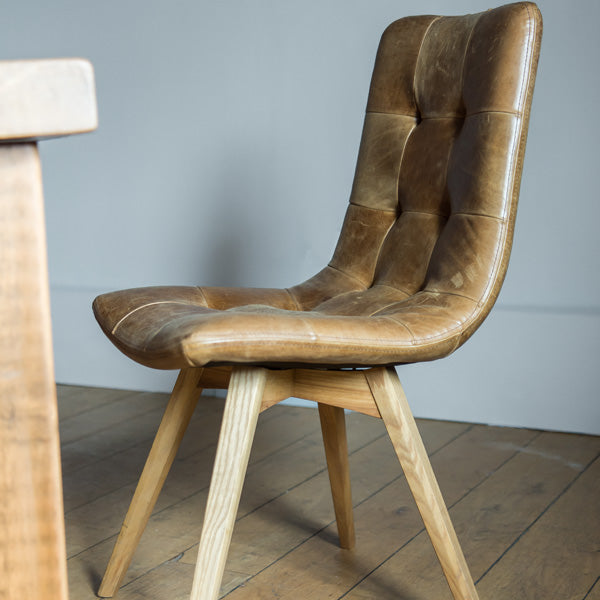
Natural materials are hardy – leather can withstand all kinds of rambunctious play and reclaimed wood has already lived longer than most of us and had a long, long story to tell – but every now and then, they need tender, loving care.
Although robust, treated well and with more than a little care and thought, they will age even more gracefully and beautifully.
The beauty of reclaimed wood
Whether it is English beams from ancient lofts or discarded fishing junk from the other side of the world, most of the wood we use is reclaimed and of the best quality.
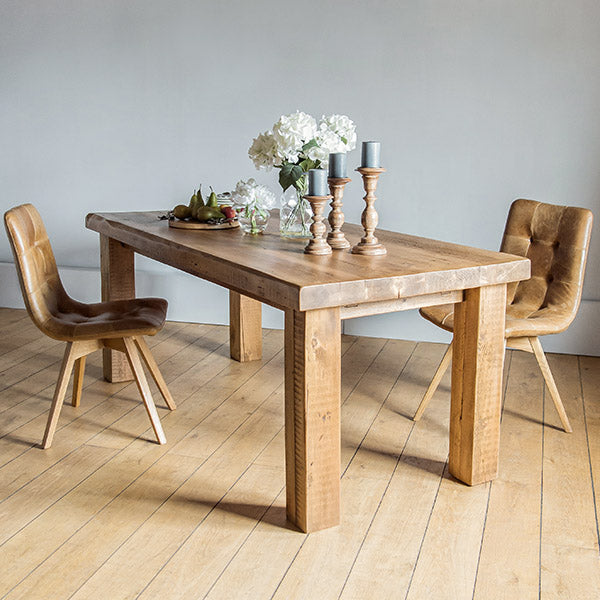
Woods such as oak have a dense structure and that means they age beautifully but unlike MDF and other timbers, they don’t always welcome a hot cup of coffee on the surface…
·Wipe up spills as soon as they happen
·Clean the whole item each time, rather than small patches or you’ll find different colours and patinas in one area to the other
·Furniture polish gradually builds on the surface so use a damp cloth to wipe the surface instead
·Use coasters and mats
·Don’t allow it to sit in full sun for days, weeks and months on end
·Always lift your furniture, never drag it across the floor
Nourish it
Nourishing it your reclaimed furniture, whether a reclaimed dining table or sideboard is about loving it and using it, but also about adding a little something to it – in this case, waxing it.
Buy a high-quality waxing product – we suggest Mylands Wax, a British wax that works well on our reclaimed wood furniture. Use a clear wax if you want to avoid adding a darker shade to it.
Follow the instructions but they are simple enough – use an old rag and apply the wax generously making sure it gets in all the crevices and the cracks. Rub it along the grain and leave it for half an hour.
With a fresh rag, remove the excess wax and buff it. Now sit back, admire it and fall even deeper in love with it.
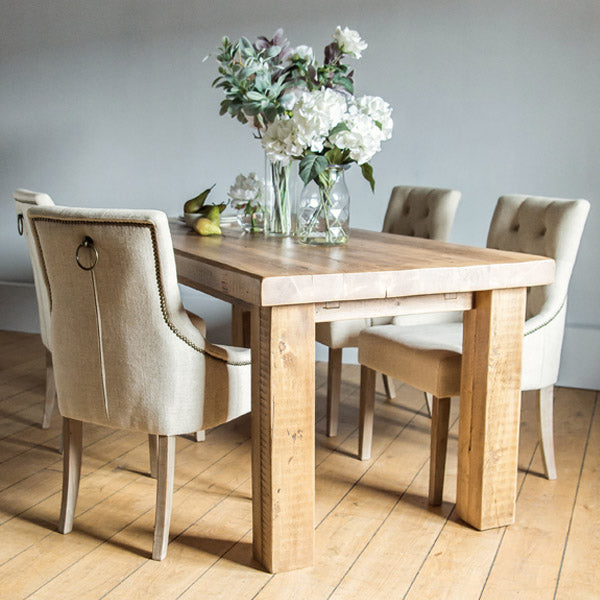
Sideboards, a reclaimed dining table, coffee tables and our reclaimed wood bookcases and display units would love a little waxing every now and then.
How often should you wax? Regularly but don’t overdo it. In the first three months you have the furniture, wax it monthly and then alternate months after this.
Leather care
Leather is a cool to the touch material that is deliciously robust, and one reason why investing in a brown leather sofa or armchair is a great move.
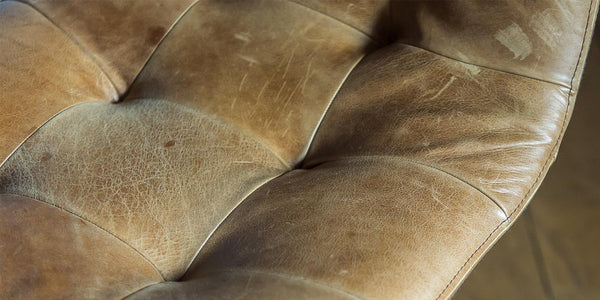
But it too needs a little help;
·Gently vacuum leather furniture on a regular basis and flick a duster over it too
·Place the leather sofa or armchair in the right place – that is, away from stark sunlight and radiators, and not too close to the drying heat of the open fire or log burner
·Sunlight fades it, discolours it and cracks the leather too – as does moonlight, so take care placing it in the window
·Treat it with respect! Sit on the seat, not the arms!
·Dyed clothing can rub against the leather leaving a slight mark or staining
·Your aniline leather sofa and armchairs are not standard, so standard cleaning products and polishes don’t cut the mustard – opt for conditioning treatments specifically for leather!
